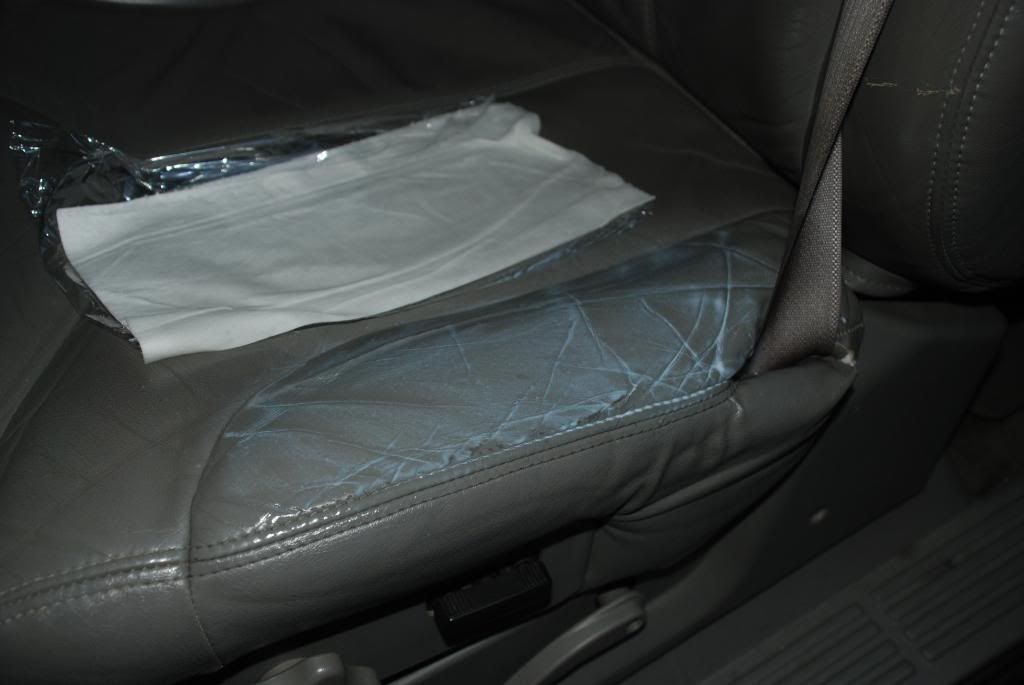Speedwagon
New member
Didn't realize this was possible, but...
I washed my car yesterday. I used a waffleweave to dry it, then proceeded to leave the towel on the driver's seat a bit wet overnight. I have leather seats, in mediocre condition in my car(a '98 Subaru Legacy, seats are from a late 90's Outback). The result of leaving the towel on the seat, is that there are a few cracks in the leather now. The leather was a bit on the stiff side beforehand.
What happened? And how do I fix it?
edit: A bit more background on the seats. My 98 Legacy came with cloth seats. While walking through the junkyard about a year ago, I came across a late 90s Outback, that had all the seats in in it still(heated fronts too). So I snagged them, but they weren't in the best shape. Not bad, but not great. The non-sitting surfaces of the seats are nice and soft, but all the sitting surfaces are stiff, almost alligatory. The car wasn't in the junkyard long before I got to it, but who knows where the car was before then. I've been using Meguiar's leather cleaner/conditioner on them since I got it.


I washed my car yesterday. I used a waffleweave to dry it, then proceeded to leave the towel on the driver's seat a bit wet overnight. I have leather seats, in mediocre condition in my car(a '98 Subaru Legacy, seats are from a late 90's Outback). The result of leaving the towel on the seat, is that there are a few cracks in the leather now. The leather was a bit on the stiff side beforehand.
What happened? And how do I fix it?
edit: A bit more background on the seats. My 98 Legacy came with cloth seats. While walking through the junkyard about a year ago, I came across a late 90s Outback, that had all the seats in in it still(heated fronts too). So I snagged them, but they weren't in the best shape. Not bad, but not great. The non-sitting surfaces of the seats are nice and soft, but all the sitting surfaces are stiff, almost alligatory. The car wasn't in the junkyard long before I got to it, but who knows where the car was before then. I've been using Meguiar's leather cleaner/conditioner on them since I got it.




